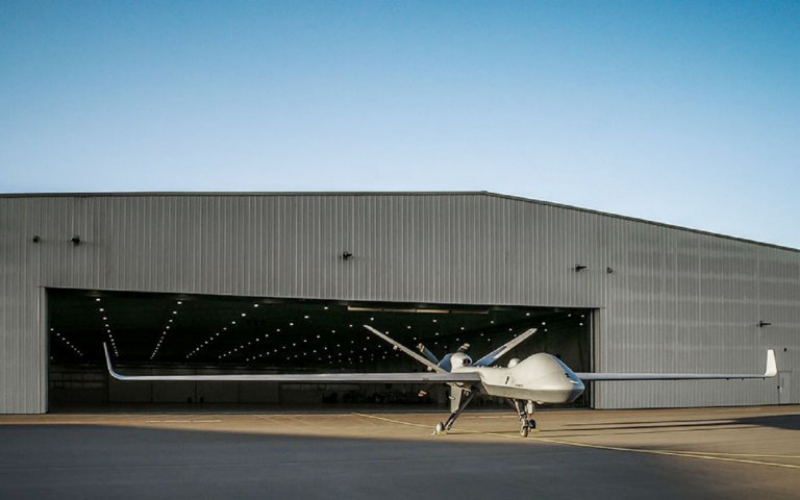General Atomics Aeronautical Systems Inc (GA-ASI) is looking to expand the application of metal and non-metal components created using additive manufacturing (AM) processes across its unmanned aerial vehicle (UAV) product lines to seek further production efficiencies.
“GA-ASI is approaching AM holistically and strategically by dedicating team members, facilities, R&D [research and development] funding, software, and printing capabilities to integrate AM into the design and manufacture of our products,” the spokesperson said.
“AM integrates seamlessly with other technological expertise we have been developing for years,” he added. “Our goal is to maximise the AM business benefits for GA-ASI and our customers.”
Since 2011 GA-ASI has pursued polymer-based and metal AM technologies and has stood up a dedicated AM development team to identify opportunities where such processes would potentially create favourable business outcomes.
Janes understands that the company is already using, or is planning to develop, AM technology in applications that include complex manifolds and ducting, multiple types of heat exchangers, engine and landing gear-related components, integrated structures, mounts and fuel distribution systems, as well as small and large tooling.
Recent successes include the successful test flight of a MQ-9B SkyGuardian medium-altitude long-endurance (MALE)-class UAV fitted with a National Advisory Committee for Aeronautics (NACA) inlet that was 3D-printed from Grade 5 titanium alloy (Ti-6Al-4V) in early February, its first metal part constructed using AM techniques.
Photo: The first production-representative example of the MQ-9B SkyGuardian medium-altitude long-endurance UAV. GA-ASI has already developed at least 200 flight-certified metal and non-metal additive manufactured parts for the type
Source: Jane’s
[see also GA-ASI Partners with Conflux on Additive Manufacturing – Ed.]

